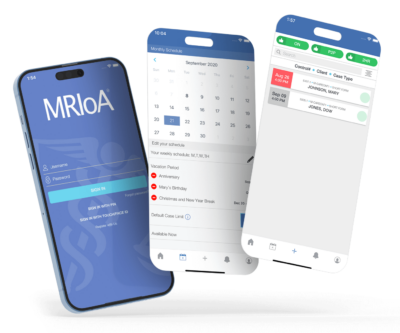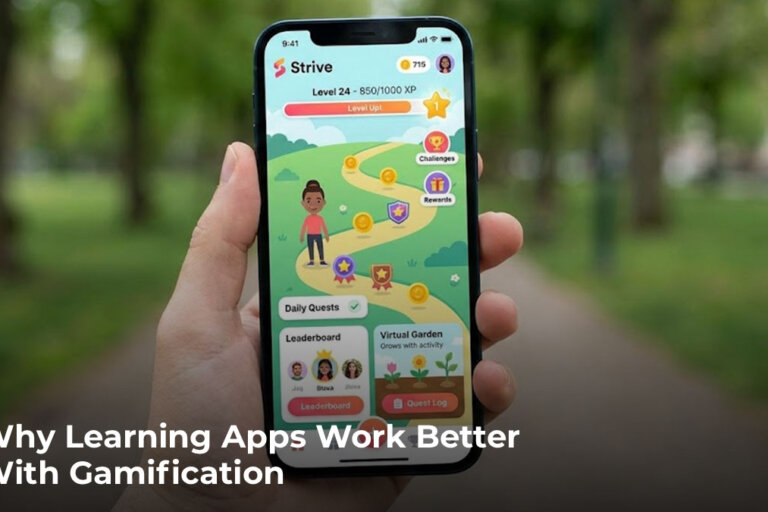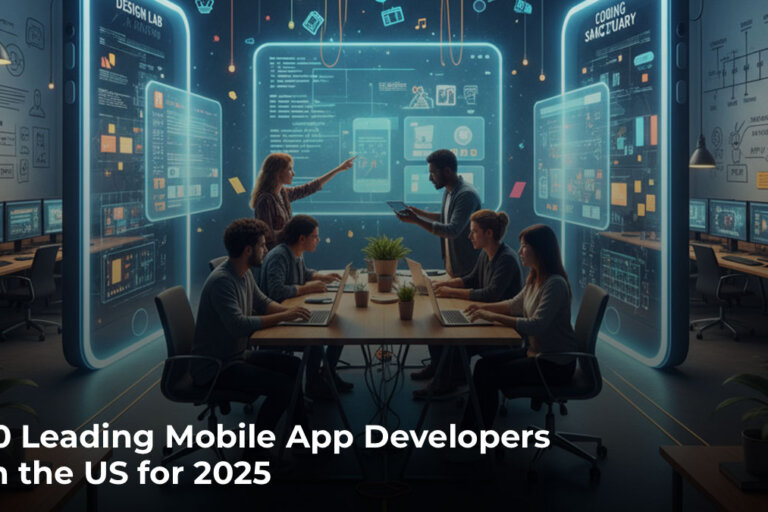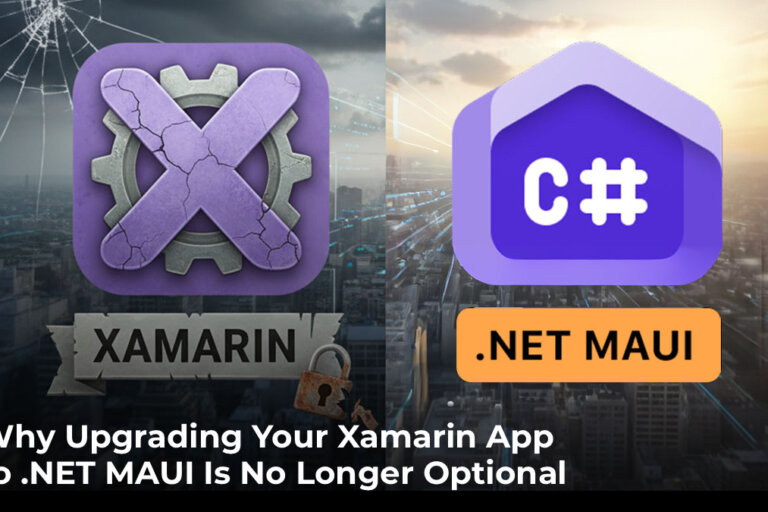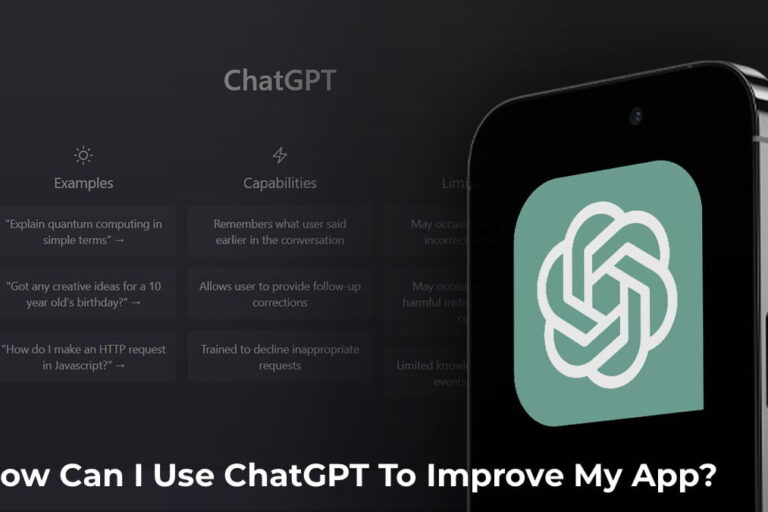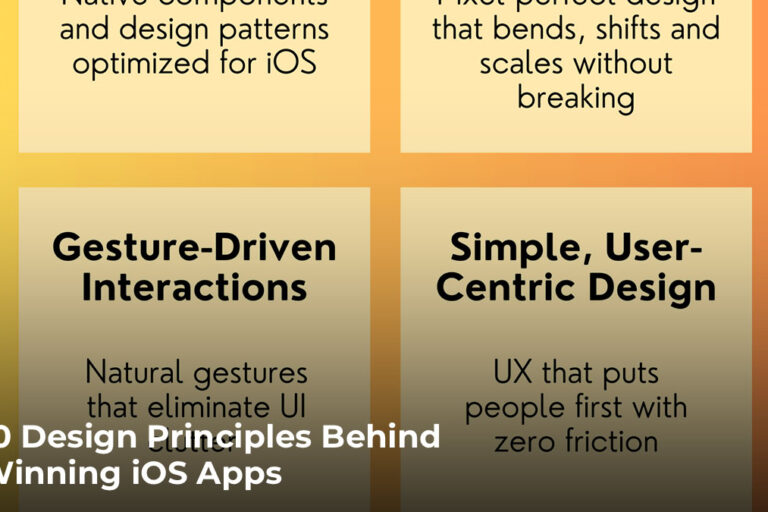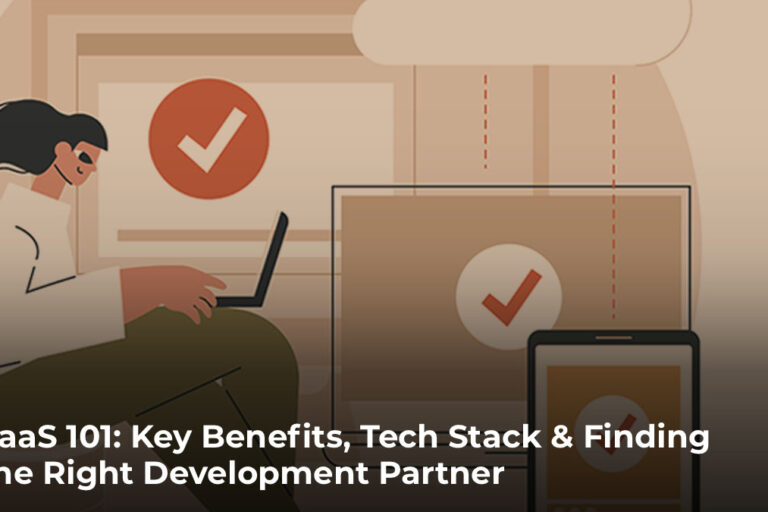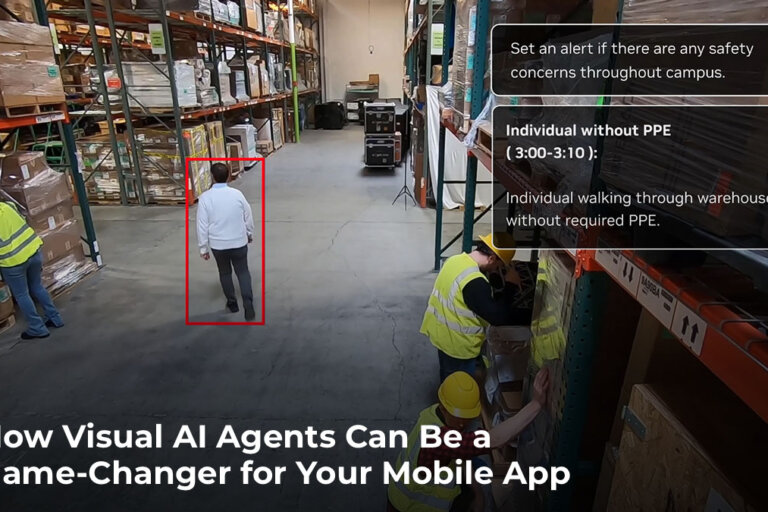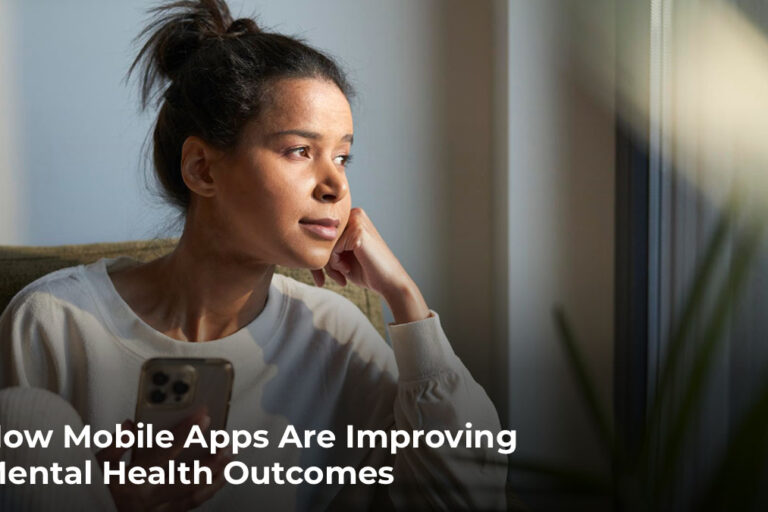The iOS and Android App Lifecycle Explained
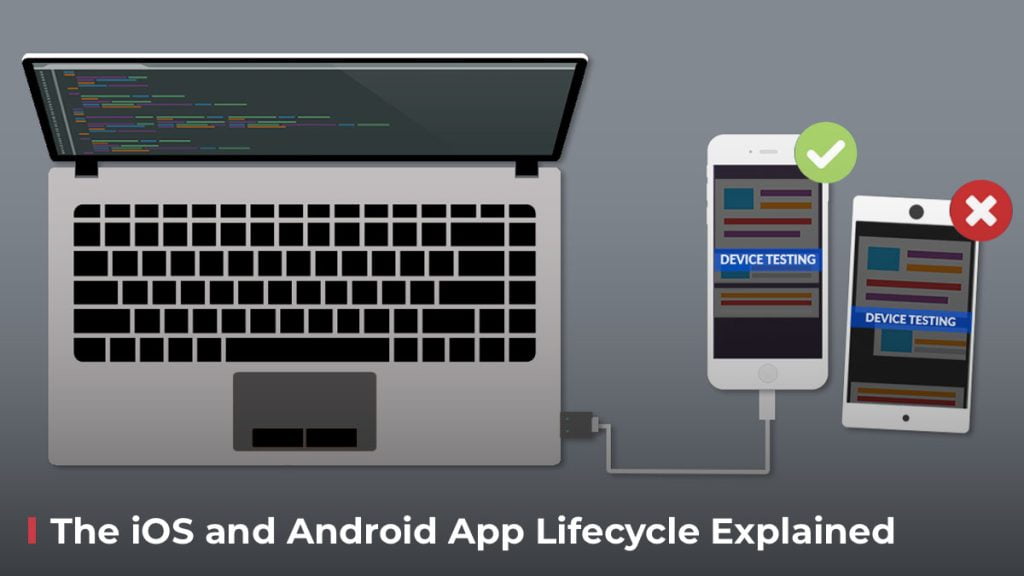
Have you ever wondered what steps are involved in developing an iOS or Android app in New York City (or elsewhere)? Well the app development process can be broken down into a handful of steps and follows a pre-determined process. This process is what allows an app development company to deliver your project within the required time frame, budget, and technical specifications. This article will walk you through the iOS and Android app lifecycle process, starting with the app’s concept and ending with the final quality assurance checks before the product launches.
It’s important to note that the app development lifecycle is not strictly linear and may involve iterations or cycles, especially in Agile development methodologies. Additionally, each stage may involve multiple iterations or parallel work depending on the project complexity and team structure.
Why Develop for iOS and Android?
Apple’s iOS and Google’s Android are the major players in the phone world. Their respective app ecosystems are second to none with literally millions of apps available. The Amazon app store is also quite expansive, but it’s made up of Android apps. Regardless of if your focus is on iOS, Android, or both, the general development process remains the same. Which platform you choose to focus on will largely depend on your target audience and what features your app requires.
The Beginning: Project Planning
The project planning process starts with analyzing your project requirements, confirming the desired device platforms, and incorporating critical features into the app. Project managers conduct a detailed study of the project and submit a project overview document to you for approval.
Once the document is verified, you’ll receive a time and cost estimate, which you can fine-tune to suit your budget and timeframe. Project plans are then prepared based on the approved estimate. Typical project plans layout the tasks in different milestones, resource names, duration, and the start date and end date of each task. At the same time, our business analysts (BA’s) carry out a detailed analysis. After knowing how many people and what other assets we need the BA’s prepare the User Requirements Document (URD) and screen designs with the app’s functionalities. With your final approval, the project transitions into the design phase.
Communication is all too often overlooked during the development process. You and your development team should always be on the same page. Using a project management tool like Basecamp, Slack, or JIRA will be critical in order to track changes.
UI and UX Design
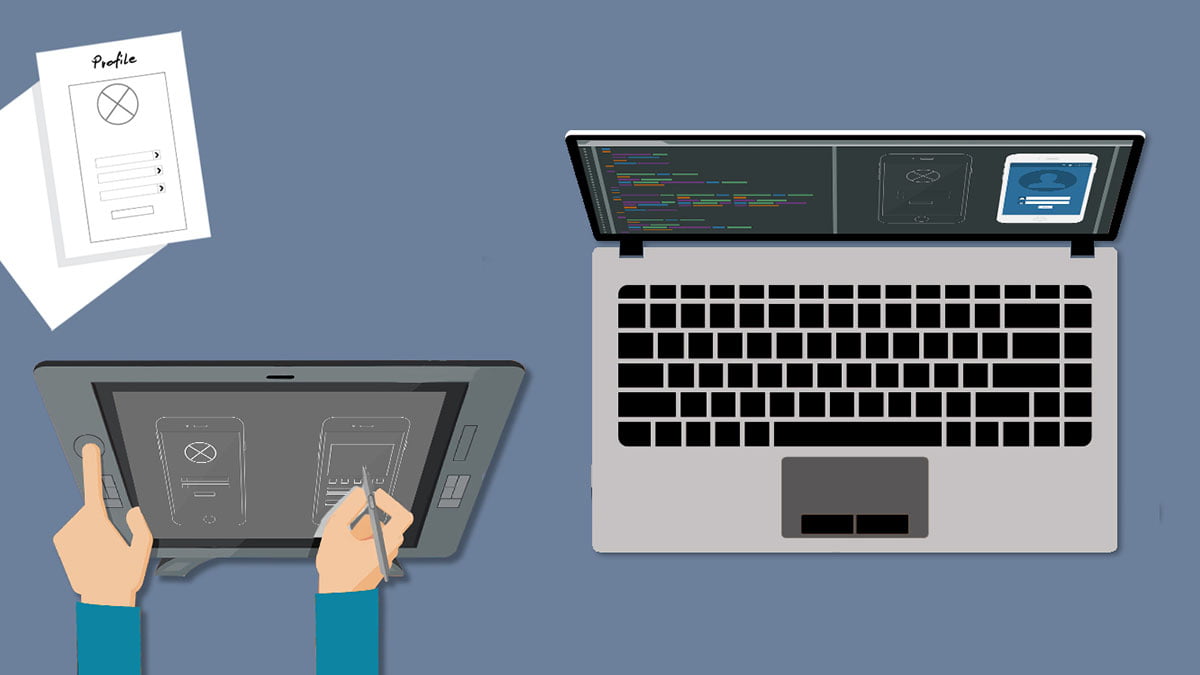
An app’s design is the look and feel of the product (user interface or UI) and how users engage with it (user experience or UX). Before starting the project design, we conduct team meetings to discuss the URD and other documents received from you. It helps the team to get an idea of your expectations.
We execute the project design in two phases: UI/UX design and class design. UI designers prepare a prototype of the user flow or wireframes by combining concepts of the core screens. The initial class design is carried out by the respective project leads, and the team then reviews it. The development phase begins once the UI/UX design and class design are complete.
Development
The development phase involves implementing the project’s plans into action using the chosen programming languages and frameworks. Development can be done using the respective platforms native languages like Swift for iOS and Kotlin for Android. It can also be done using cross-platform technologies like React Native and Flutter in order to release on both platforms. Which method you choose will depend on the required features. Generally if you’re app needs to connect with an external piece of hardware or if it requires precise GPS locations you’ll want to take the native approach for the best results.
Developers take the project’s requirements and write the necessary code for the required features. All the app’s screens will be ready at this stage, and the functionalities will be developed and integrated into it. The coding process will start based on the class design and is broken down into milestones.
At Zco, we follow agile development methodologies for creating apps. This involves developing the functionalities through iterative releases. These releases are then discussed with the client. This helps us achieve a more refined product and an efficient project workflow by dividing resources and meeting project deadlines on time.
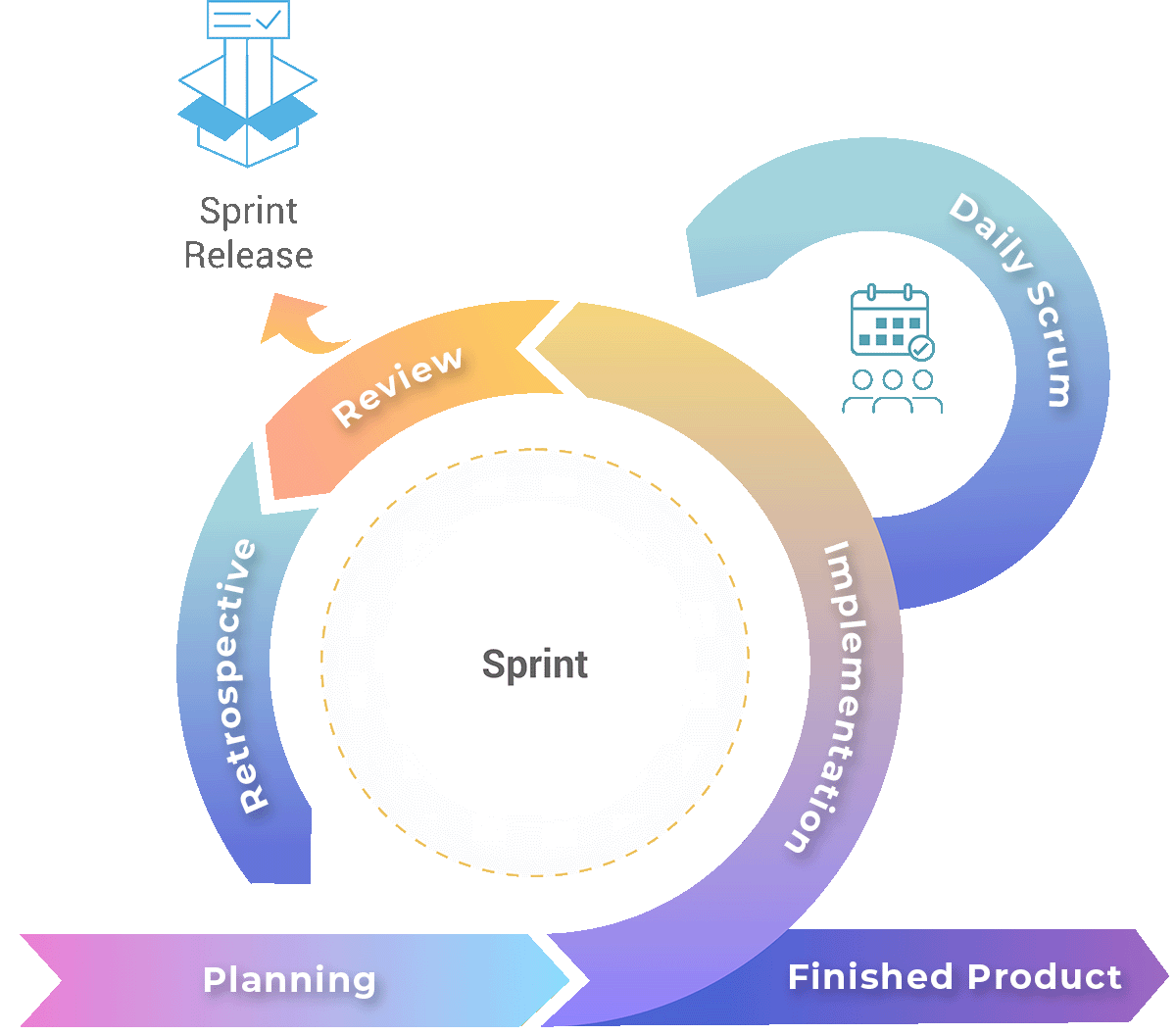
Development proceeds alongside product testing, code reviews, and quality assurance so that any errors or bugs in the program are caught early and rectified at each milestone. Your feedback and suggestions will be clarified and integrated into the app in each phase before moving on to the next milestone. This iterative process will continue until the release of the app.
The app development process should follow a predefined schedule. That means you’ll know when to expect releases of your app with specific features. There will be multiple releases with the exact number depending on the scale of your project. Each release will give you a chance to provide crucial feedback.
Testing
Engineers prepare test plans and test cases early in the testing process, at the project design phase. We use a rigorous testing structure that includes usability, interface, compatibility, performance, and security testing. The application’s features, functionalities, and user experience flow are tested in each phase, helping us to maintain app quality.
Bugs are logged using an issue tracker database. Re-testing is done to check previously addressed issues. Developer testing is also conducted based on the test cases, and problems that arise from testing in various phases of reviews will be solved through debugging. This helps to avoid product imperfections and ensure the performance of the application under different conditions. After testing the app, it is reviewed to ensure the app complies with your requirements and expectations.
Launching the App
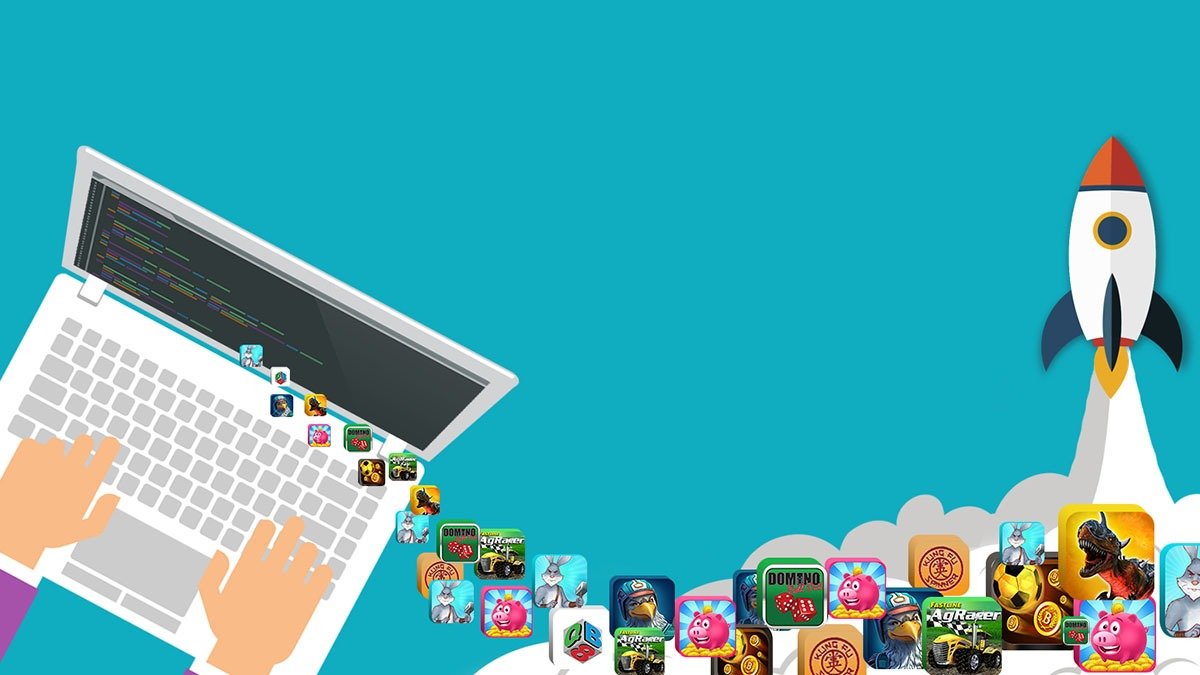
Once the app is tested and gets final approval from you, it is uploaded to its respective iOS and or Android app store. Pre-release checklists are executed before the app’s launch to ensure quality assurance procedures. This includes source code reviews, memory leak testing, security testing, and performance analysis. Test engineers prepare release notes by including information such as core features, installation instructions, bug reporting capabilities, and required credentials. This process helps inform you about the app’s finalized features upon release. In some cases, like for internal business use, apps are not released on the app store at all and instead distributed over the web.
When it comes to launching the app with us, you’ll receive a pre-formatted app submission document. The upload engineer will provide your information to the respective app store’s listing application page and then submit it for review. Finally, the app will be released to the public once it receives final approval from the app store’s administrators.
Maintenance and Updates
After deployment, your app will require ongoing maintenance to address any issues that may arise and to provide regular updates. This includes bug fixes, performance enhancements, and feature additions based on user feedback and evolving requirements. Over time the iOS and Android operating systems will see a variety of updates. These updates require you to make changes to your app to ensure compatibility. Likewise, they may introduce new features that can help expand the functionality of your app.
If your app focuses on consumers, they will appreciate seeing that the app is maintained, and it can be a good way to get users to keep your app top of mind. If there is a new feature, consider sending a push notification to let users know.
Start Your Development Journey
All app development projects for iOS and Android should follow their development road maps as dictated by their specifications, and all of them should adhere to the process outlined in this document. To learn about our mobile app development services and how you can develop your custom Android or iOS mobile app through this app life cycle process, use the button below to contact one of our account executives.

